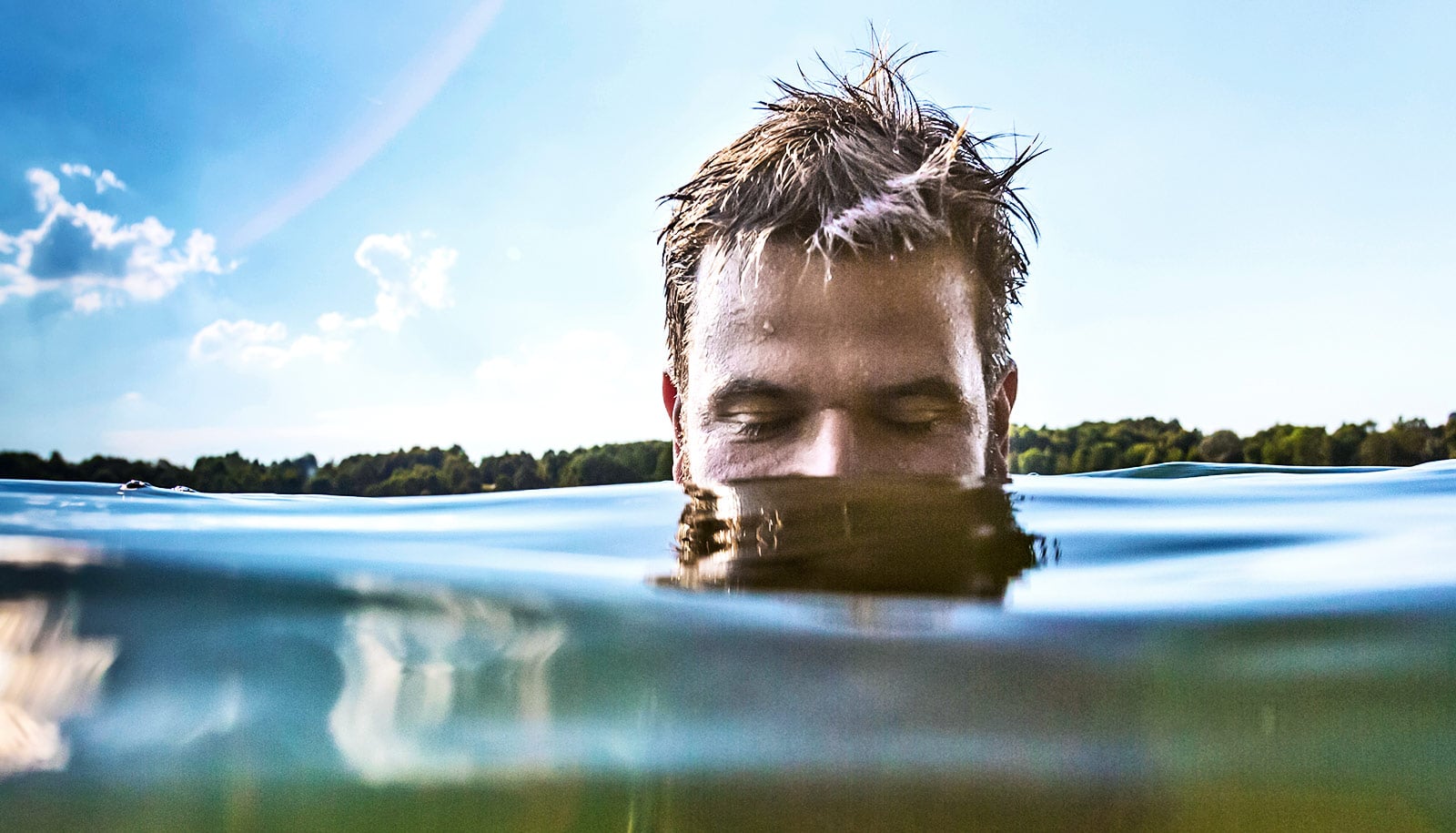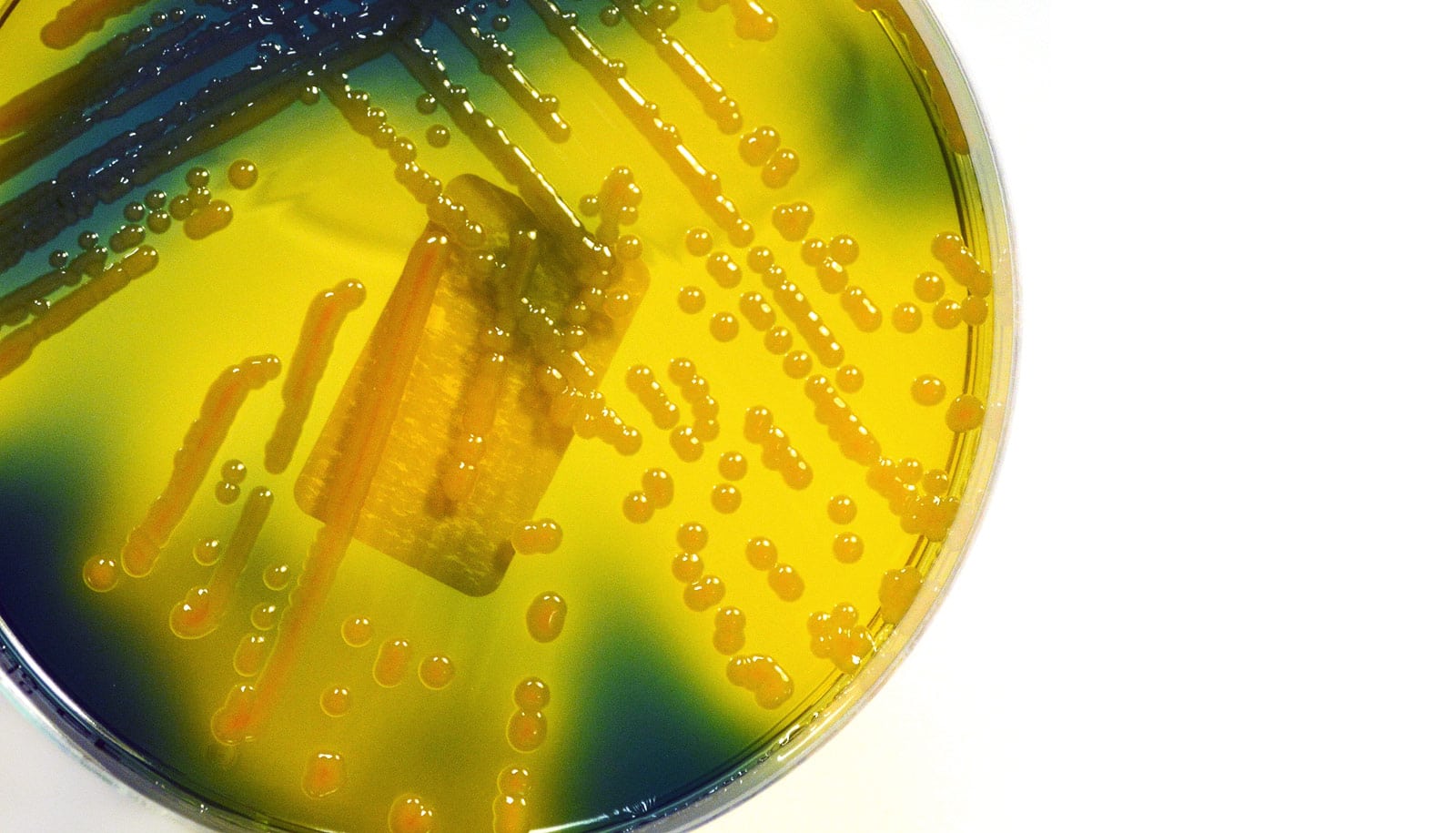Infections caused by Vibrio vulnificus—known as “flesh eating” bacteria—are becoming more common in northern waters as surface temperatures rise due to climate change, researchers report.
A new study shows the infections are increasing in areas with typically colder water, such as the Delaware Bay.
About 80,000 people contract Vibrio infections each year, 52,000 from contaminated seafood, according to the Centers for Disease Control and Prevention estimates. Although most infections subside within a few days, every year about 500 people go the hospital and 100 die, usually within a few days of infection.
David Cennimo, an infectious disease expert at Rutgers New Jersey Medical School, says while the infections are rare, people should take preventive measures when swimming in natural waters and act quickly if infection is suspected. Here, he explains how to stay safe:
What is Vibrio bacteria and where is it found?
Vibrio vulnificus is a bacteria species that can cause an infection that kills the body’s soft tissue. It occurs when an open wound comes in contact with saltwater or brackish water.
Another bacterium, Aeromonas hydrophila, causes similar infections and is found in fresh or brackish water. Most infections occur between May and October when water temperatures are highest.
What are the signs of infection and what should you do if you see them?
When Vibrio infects soft tissue, it looks like a severe skin infection. The area may be very inflamed and very red, with blisters. It may also become dusky-blue like a severe bruise. You may have fever, and in severe cases, confusion. Seek emergency medical care immediately as the infection can progress rapidly to death.
The majority of infections by these bacteria are gastrointestinal, like food poisoning—in which case they are usually relatively benign. Patients experience watery diarrhea, vomiting, cramping, abdominal pain, and sometimes fever. Symptoms usually start one day after ingestion and last for three days.
How fast does the infection spread?
For most people, the skin infection is easily treated with antibiotics. However, necrotizing infections can be very serious and move very fast. The bacteria have mechanisms to evade the immune system.
You are especially at risk of a severe and rapidly progressive Vibrio infection if your immune system is compromised by conditions such as liver disease, cancer, diabetes, or HIV, or receive immune-suppressing therapy or are recovering from stomach surgery.
The cause of death from these infections is overwhelming sepsis, when the body’s response to an infection causes damage to its own organs.
How can people protect themselves?
If you have open cuts, consider avoiding the water, especially saltwater and brackish water. Cover the wound with a waterproof bandage if there’s a possibility of contact with water or raw seafood or raw seafood juices.
In addition, the CDC advises that you cook all seafood thoroughly and wash your hands after handling raw shellfish. Alert your doctor if you develop a skin infection after contacting saltwater or brackish water, raw seafood, or raw seafood juices.
If you are in an at-risk group, wear clothes and shoes that can protect against cuts and scrapes when in saltwater or brackish water, and protective gloves when handling raw seafood.
Source: Rutgers University



